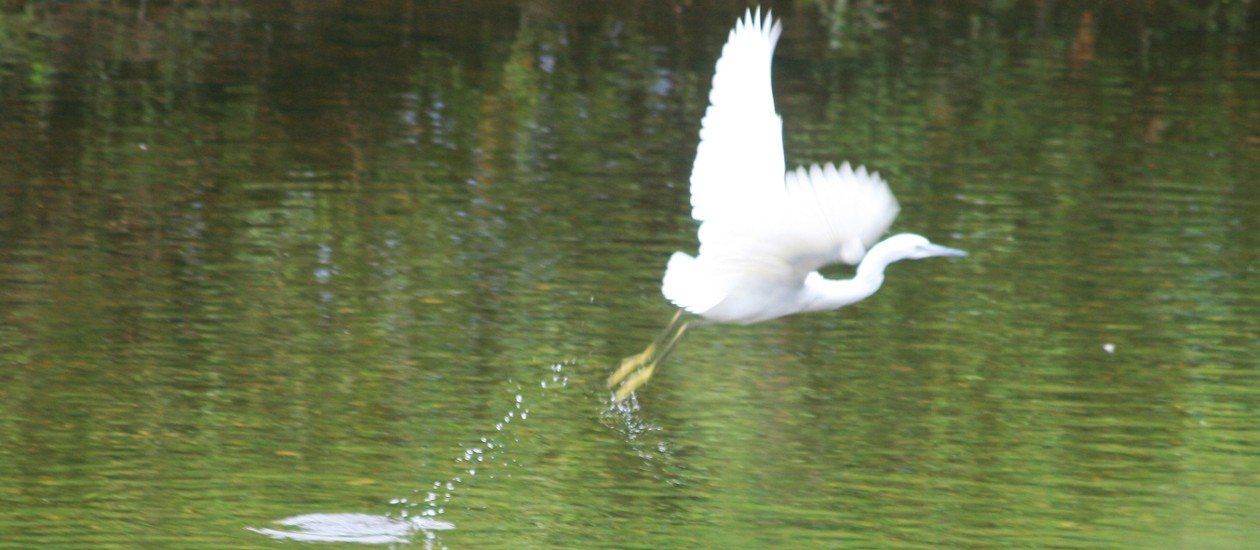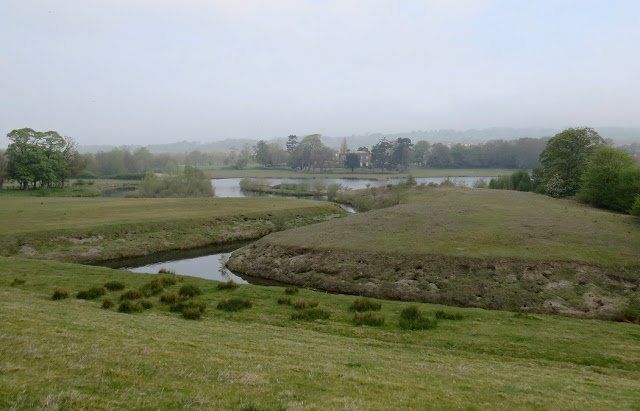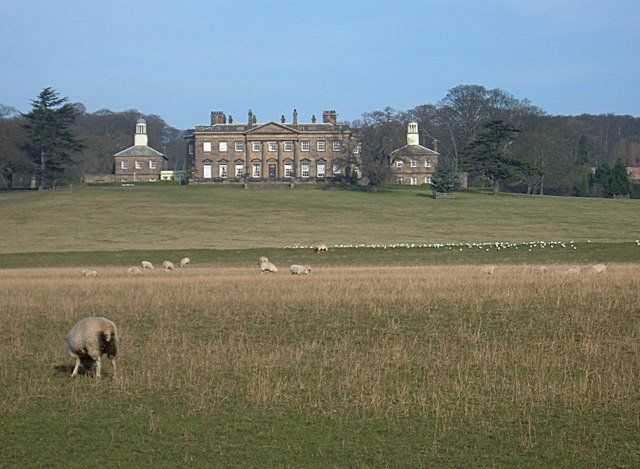- Home
- General Information
- Sightings
- Birding Locations
- Publications
-
Archive 1987 - 2018
- A Checklist of Bradford's Birds
- Swans & Geese
- Ducks & Sawbills
- Divers, Grebes, Herons
- Eagles, Kites & Harriers
- Buzzards & Hawks
- Falcons
- Grouse, Quail, Crakes
- Waders - Part1
- Waders - Part 2
- Skuas and Gulls
- Terns & Auks
- Doves, Nightjar & Alpine Swift
- Hoopoe, Wryneck, Larks, Pipits
- Owls, Woodpeckers
- Thrushes
- Warblers and Tits
- Shrikes and Crows
- Sparrows, Buntings and Finches
- Gallery
Wharfedale
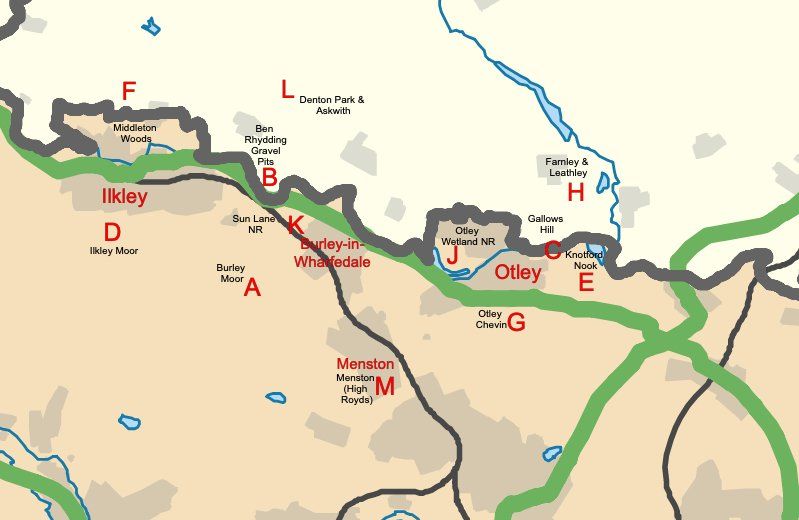
Creative Commons Attribution-Share Alike 3.0 Unported with additions by Bradford Ornithological Group (2018).
B Ben Rhydding Gravel Pits
C Gallows Hill, Otley
D Ilkley Moor
E Knotford Nook, Otley
Wharfedale (Ilkley & Otley)
F Middleton Woods, Ilkley
G Otley Chevin
H Farnley & Leathley
J Otley Wetland Nature Reserve
K Sun Lane Nature Reserve, Burley-in-Wharfedale
L Denton Park & Askwith Moor
M Menston (High Royds)
A Burley Moor climbs steeply above Burley Woodhead to a high moorland plateau of heather and bracken. The moorland faces east and is best approach from the track up Coldstone Beck. This side of the Moor is an excellent place to see Curlew, Lapwing and Linnet as well as the well established Meadow Pipit. Look out for Ring Ouzel and the possibility of Short-eared Owl. Dotterel have been seen on the highest point of the moor as they rest before making their way further north.
Summary of 2017 records
Coldstone Beck
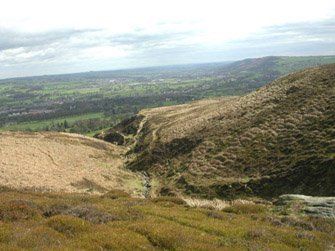
B Ben Rhydding Gravel Pits The gravel pits at Ben Rhydding, by the side of the river Wharfe, provide excellent habitat for warblers. The pleasant walk along side the river also gives good views of various orchids during early summer. Kingfisher and Sand Martin breed in the river bank and Little Egret has become a regular visitor.
The reserve is owned by Bradford Council and has been managed by a small group of volunteers from the Wharfedale Naturalists Society since 2007. This has involved the control of invasive weeds, woodland management, footpath maintenance, litter picking, scrub clearance, wildlife surveys and a range of other activities to try and improve the site and maximise biodiversity.
Whilst there is interest all the year round the best times are spring and early summer when the plants, butterflies and birds are at their best. The famous orchids peak around the 2nd week in June. A small car park at the side of the A65 can be used.
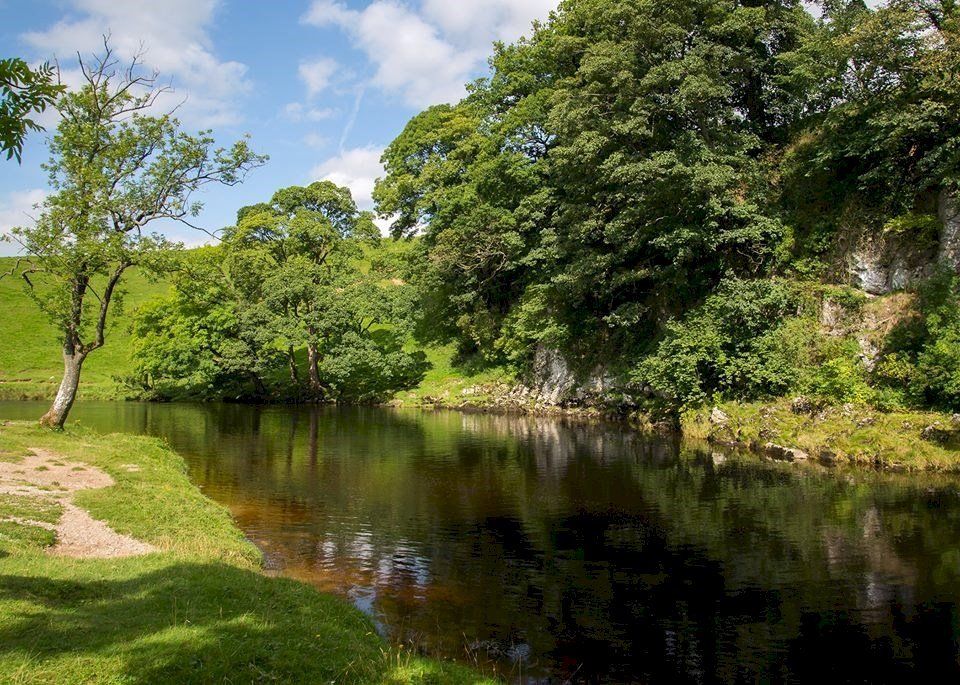
C Gallows Hill, Otley The Gallows Hill Reserve has direct access to the River Wharfe where Dipper, Grey Wagtail, Pied Wagtail, Goosander and Kingfisher are resident in spring and summer. This is one of the few places where Yellow Wagtail can be regularly seen during the breeding season. They are also seen during passage on the fields between Gallows Hill and Knotford Nook. Within the wooded area spring visitors include Common Whitethroat, Garden Warbler and Blackcap.
Summary of 2017 records
D Ilkley Moor
The high moorland to the south of Ilkley and the Wharfedale Valley is home to Red Grouse, Golden Plover, Ring Ouzel, Whinchat, Stonechat, Wheatear, Curlew and Redshank.
The area's major site for Dotterel is close to Apostle's Stones, where the paths across the parts of Rombald's Moor meet. These confiding and attractive waders are often found on passage in early May. These moors can be accessed from Ilkley or by the Cow and Calf Rocks. Many paths criss-cross the area and give access to a variety of vegetation that sustains Meadow Pipits, Skylarks and Reed Bunting. However, the area is subject to heavy use particularly from ramblers and dog-walkers, for this reason the Ring Ouzel has become a scarce bird in more recent times and Dotterel, on their spring passage suffer from disturbance.
Heber’s Gill
an area of mature deciduous woodland deep in a gulley which can be accessed from the moorland path which runs east to west. The best time to visit is in spring when warblers arrive and begin to fill the woods with song. This area has long been a regular breeding site for the scarce Wood Warbler.
E Knotford Nook Knotford, a once excellent site for birding, is today a pale shadow of its former self. The area, which was once easily accessible, is now the preserve of fishermen, who have fenced off the two lakes in an attempt to limit the spread of otters. However, some good habitat still remains and wintering wildfowl such as Wigeon, Tufted Duck, Goldeneye, Goosander and Coot can still be seen, though numbers are now considerable reduced. Mute Swans and Great Crested Grebe breed here, Sand Martins and other hirundines feed over the lake and Common Terns may be seen in summer, when conditions are right. In 2013 a Slavonian Grebe spent two weeks here.
Summary of 2017 records
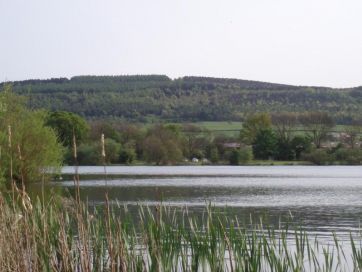
F Middleton Woods A most pleasant walk through Middleton Woods should give most of the usual woodland species, including some of our rarer woodland birds like Lesser Spotted Woodpecker and Marsh Tit. Parking is available by the side of the road opposite the suspension bridge by the cemetery. The paths through the woods are clear and well marked.
G Otley Chevin
H Farnley & Leathley
J Otley Wetland Nature Reserve
The gravel pits of Otley Wetland Nature Reserve have produced many outstanding records. Entry however, is now private, and a permit to visit the site is required from Otley Wetland Nature Reserve Trust.
The alluvial deposits around Otley have been exploited over a number of years and have left amenity lakes to the east, as well as the west, of the town. The Bridge End site has a (pre)history stretching back to the early Neolithic, over 5500 years ago. It consists of water areas, recently-planted woodlands and reedbeds, rough grassland and stream edges. The reserve is part of a larger area of complementary uses, including a yachting lake, improved grazing land and mature woodland.
Birds include Little Ringed Plover, which has bred here, Reed Bunting, Sedge Warbler, Reed Warbler and Common Tern all breed on the reserve or immediately adjacent, together with Mute Swan, Canada Goose, Mallard, and Lapwing. Visitors include Red Kite, Peregrine, Osprey, Little Egret, Wigeon, Teal, Pintail, Smew, Goosander, Water Rail, Little Owl, Kingfisher, Waxwing, Redwing and Fieldfare. The dragonflies and damselflies are a feature of this site, with 15 species recorded, of which seven have bred. The flora includes an extensive area of Common Spotted Orchids and some Bee Orchids, Red Bartsia, Creeping Jenny, Changing Forget-me-not and Gypsywort, all of which are local in the area. Photo: Nigel Priestley
K Sun Lane Nature Reserve, Burley-in-Wharfedale
The twelve acre Sun Lane Nature Reserve is on the site of the old Village Tip which was in use for much of the 20th Century until closure in 1975. In the early 1990‘s pollution was found to be leaching from the site and contaminating the River Wharfe. This necessitated the installation of an anti-pollution system by Bradford Council (who own the site) incorporating reedbeds, willow carr and water courses. The site was subsequently designated as a Nature Reserve and is now run by the Burley Village Wildlife Group. We have a formal management agreement with the Council and are supported by a variety of local organisations including the Parish Council, Wharfedale Naturalists and Shipley Community Chest.
The Burley Village Wildlife Group intend to ensure that the Reserve continues to develop its range and depth of flora and fauna. With this in mind volunteers are always welcome. We have a wonderful team and are proud of our achievements to date - and we have had great fun along the way! If you feel you might like to help, or would simply like to know more about the Reserve, why not give Peter Riley a ring on (01943) 862916 – no obligation! Information taken from the Sun Lane website.
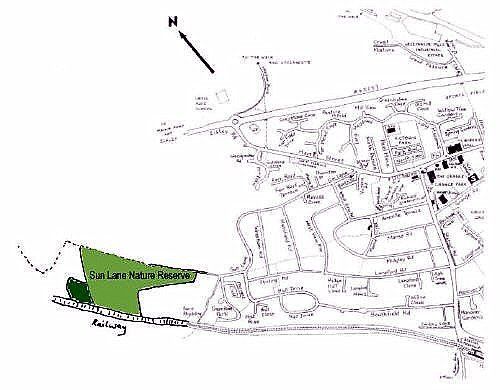
L Denton Park & Askwith Moor Denton and Askwith Moors are fine examples of heather moorland, the y lie to the south and west of Timble Ings, which merges with the Grouse moors to the north and south. A walk on these moors may yield worthwhile sightings. Kestrels are common whilst Buzzard and Raven may be seen if the observer is lucky. During migration Wheatear may turn up anywhere as may Hen Harrier. Dotterel have occasionally occurred on Round Hill to the west on their spring passage. Meadow Pipits are very common of course, as are Red Grouse. Short-eared Owl is also possible. In spring, Curlews will be everywhere whilst nesting Greylag and Canada Geese are likely to be seen. Lapwing will be prominent in the fields bordering the moorland and the occasional Skylark is likely to be heard. Snipe may occur anywhere flying away from the observer if disturbed. Winter is not usually a productive time but the lingering Rough-legged Buzzard in the winter of 1994/95 is indicative of the possibilities.
Denton Park SE 145488 Denton Park is a landscaped area associated with the 1770s country house. It's features include a walled garden, parkland and lake with panoramic views over moorland to the south of Ilkley. In winter, large flocks of Lapwing and Curlew feed on the cultivated fields opposite the Hall. In 2013, a Yellow-browed Warbler was seen and heard by a 'birder', in grounds surrounding the Hall.
M Menston Area including High Royds.

